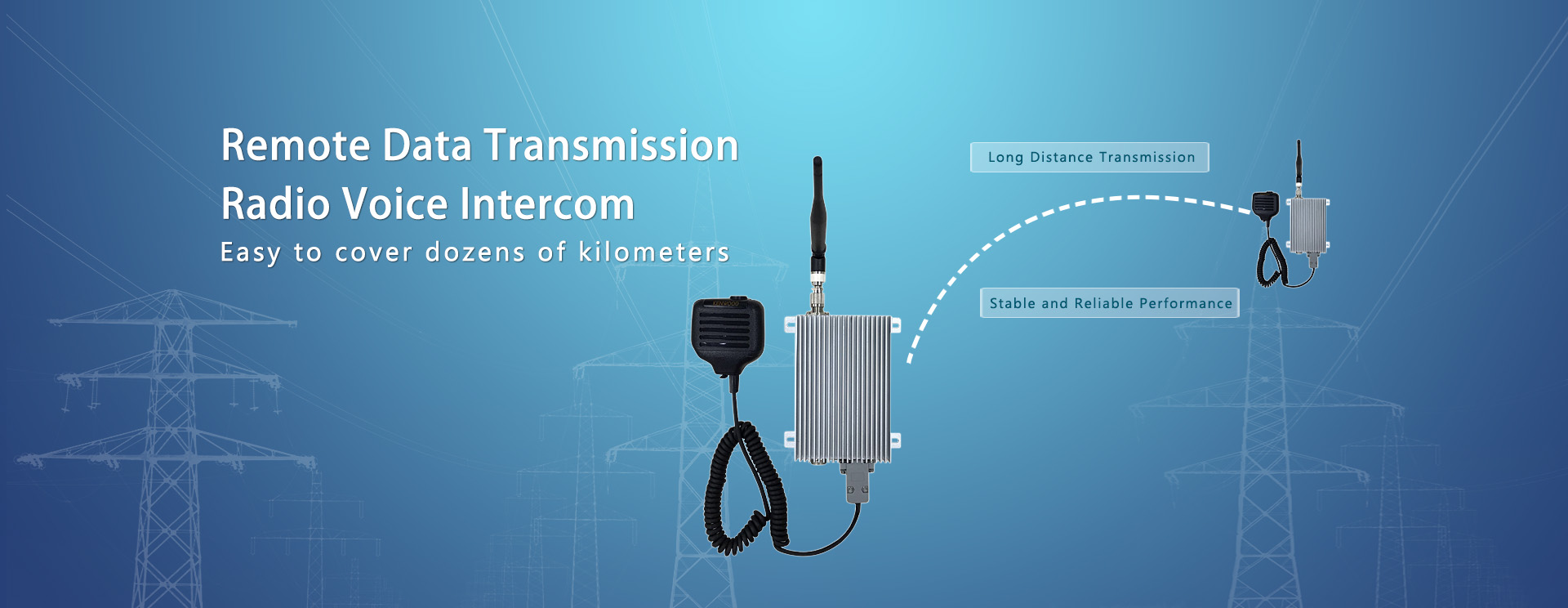Common trouble and servicing methods
一、Connection instructions
1. Connect the module to the serial port of the PC. Please note that if the module is not with RS232 interface, you must do level conversion.
2. Power on the module and the power is turned on successfully. The module red light will flash about half a second.
Note that the voltage cannot exceed the maximum power supply range of the module, and cannot reverse electrode connected .
3, Run the software, and open the corresponding PC serial port
4, Read the parameters, the software will automatically detect and display the current module parameters .
5. If need to modify the current parameters, click the "write parameters" button, the parameters are automatically stored in the module,
and will not be lost when you re-power on.
6, Data transmission test. when transmitting, must ensure that the two working modules with the same baud rate and channel number.
The module transmits with red light flashing, and receives with green light flashing.
二、Description and solution about malfunction
Note: When the module is powered on normally, the transmitting/receiving light of the module will flash (about 500 milliseconds). Therefore,
when the module is powered on, pay attention to the status of the light. If it does not flash, power off the module immediately and check
that the voltage cannot exceed the maximum power supply range of the module, and cannot reverse electrode connected. Otherwise, the module
is damaged permanently.
When malfunction occurs, the user should check as per the below step by step.
| No. | Malfunction phenomenon | Solution | Remark |
| 1 | The power-on indicator does not flash | A, Check the voltage of the power supply,which must meet requirement of the module voltage. B. Check the connection between the power supply and the module. Be careful not to reverse electrode. | |
| 2 | PC Software is not connected to the module | When connecting the module, pay attention to the interface level of the module. Usually the PC is with RS232 interface or USB port, it is necessary to do the conversion for interface level. | |
| 3 | Have done the conversion for interface level,but cannot detect the module yet. | A, Open the corresponding serial port in PC software B,For RS485 interface, connect the module 485 + to the converter 485 +, 485 - to the converter 485 – C, For RS232 interface, connect the module RXD to the PC DB9 3 pin (TXD), TXD to the PC DB9 2 pin (RXD) D, For TTL interface, TTL RXD should be converted to RS232, then can connect to PC | |
| 4 | Transmission indicator does not light | Same as above | |
| 5 | Receiving indicator does not light | A. Install the antenna to the modules. B. The transmitting module and receiving module must be with same frequency (channel) C. The power of power supply should be sufficient. | |
| 6 | When receiving and transmitting data, it shows wrong code | The interface baud rate or check bit of the module is inconsistent with the one of the PC
| |
| 7 | Can not communicate between modules | A. Install the antenna to the modules. B. The power of power supply should be sufficient.Even the distance is short. C. Check parameters, which should be same.(frequency, baud rate) D. When the high-power module (5W or more) communicates, the distance must reach 3 meters or more between the antennas; For low-power modules,the distance must reach 3 meters or more between the antennas. |




